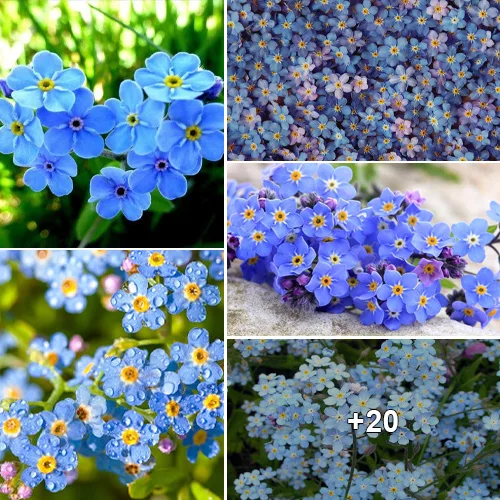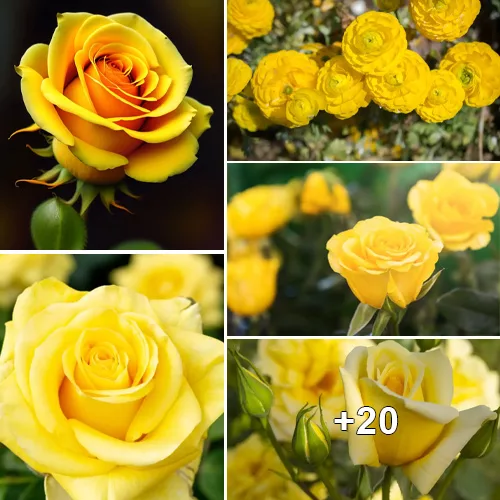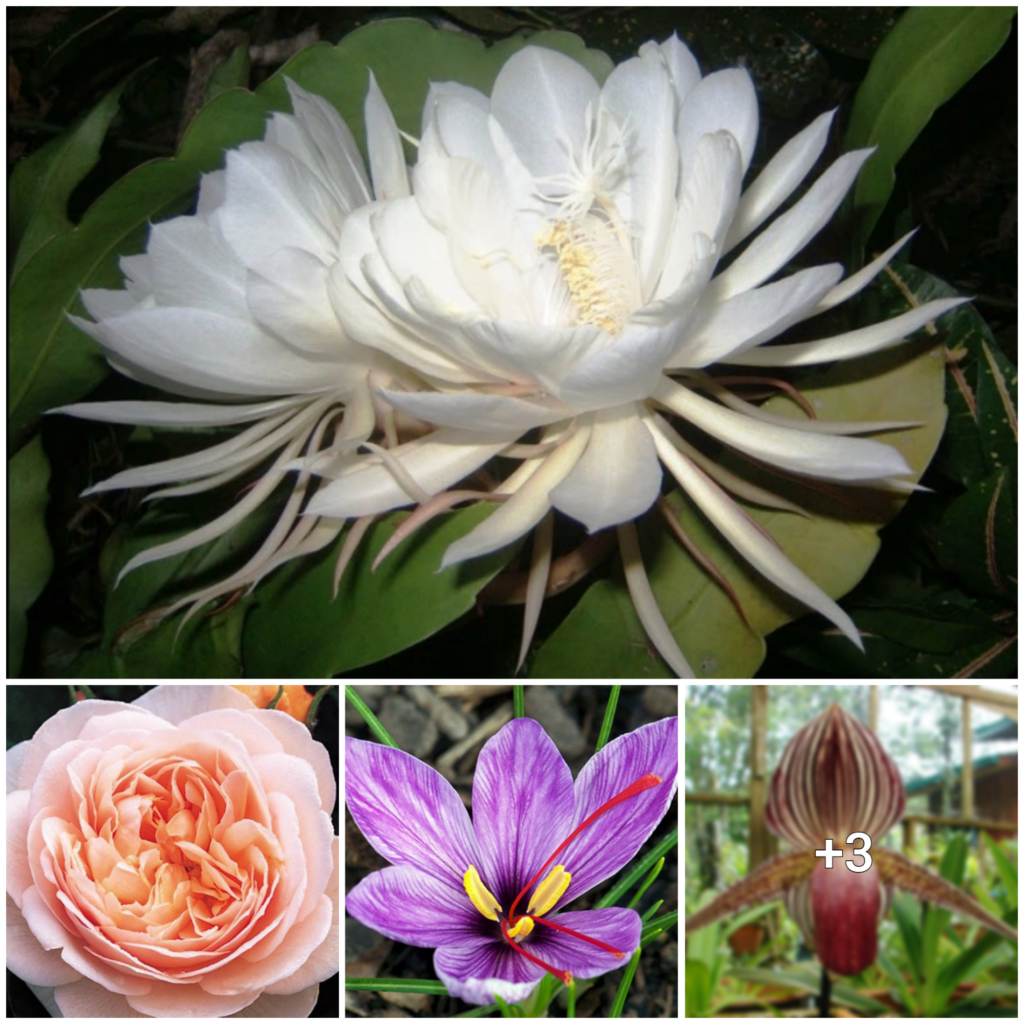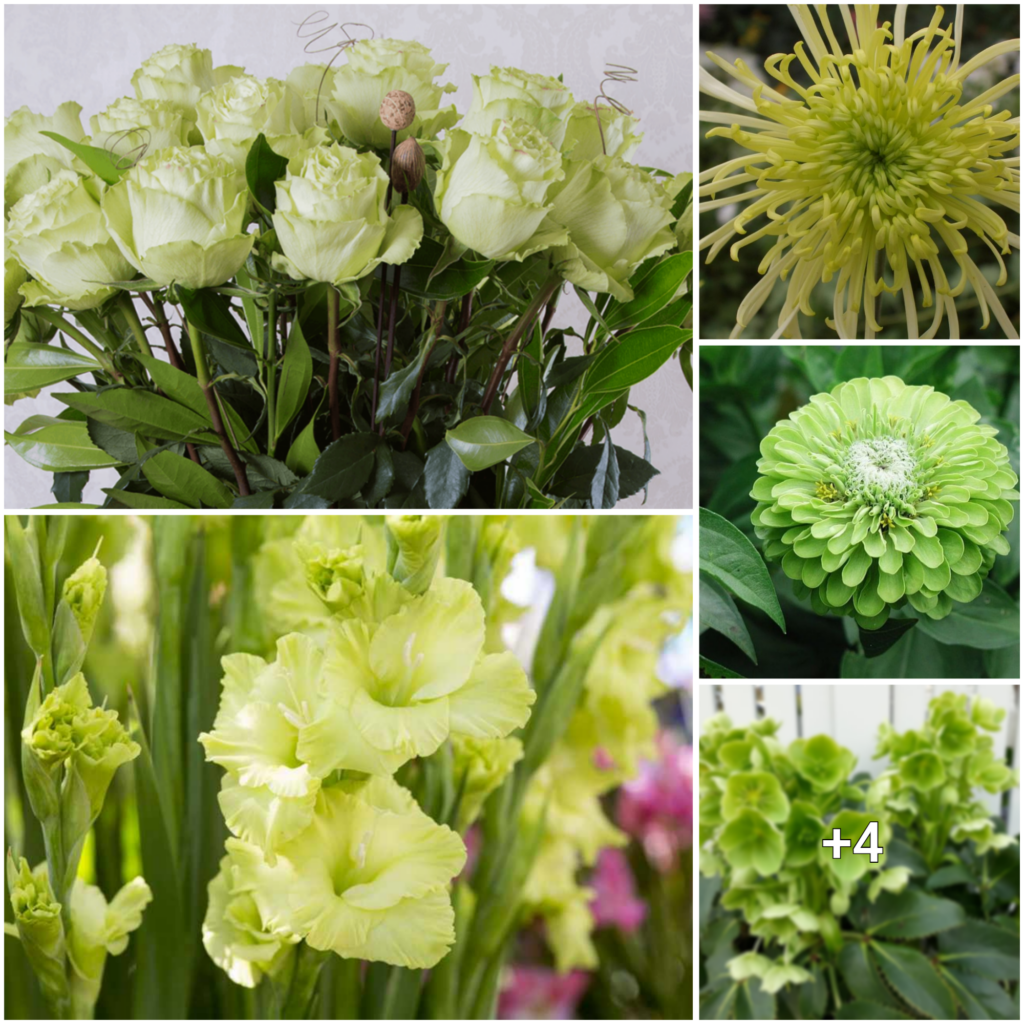Burdocks are notorious for their sticky burs that inspired the creation of Velcro. However, the burdock flower holds a deeper significance and cultural relevance across the globe. Let’s explore the symbolic history and meaning of the burdock flower.
The term “Arctium” – the genus name for burdock – is derived from the Latin word meaning narrow. It could be in reference to the plant’s slender stems and branches, which stand in contrast to its broad foliage.
The name burdock is derived from two words: bur that refers to a seed with a hook and dock which denotes a kind of leafy sorrel plant. This name is attributed to the plant’s spiky seeds and its foliage which is similar to sorrel leaves.
During the Victorian era, burdock flowers had different symbolic meanings in floriography. These meanings included importunity, rudeness, touch me not, you weary me, and I do conjure, command me to fly hence, if though hast yet one spark of common sense.
The modern interpretation of the symbolism behind Burdock flowers is linked to their ability to grow abundantly, often in dense clusters that resemble thistles. The color of the flowers can also influence their symbolic meaning.

The symbolism of flowers extends beyond just the type of flower, as the color of a blossom can also carry its own unique meaning. The burdock flower, for example, can range in color from pink to purple, each hue carrying its own distinct symbolism. Pink is often associated with femininity, happiness, and gentle affection, while purple is a symbol of dignity, success, and royalty. These meanings add depth to the already rich symbolism of flowers, making them even more meaningful and impactful.
Burdocks have been regarded as symbols of good fortune and safeguards against negativity due to their supposed ability to ward off curses and evil spirits in Turkish Anatolia. The burdock motif was even incorporated into textile designs, allowing people to wear them as amulets for protection. In Chinese herbal medicine, burdock root is highly valued for its healing properties and is linked to the health and wellness zone on the Bagua map in Feng Shui. Its deep-rooted nature also makes it associated with the earth element in this practice.
In astrology, certain plants and herbs are believed to benefit particular zodiac signs. Burdock is said to be highly beneficial to individuals born under the fire sign, Aries, which falls between March 21st and April 19th. This plant also appears in various folklore, such as the belief that fae would ride colts around at night, tangling their mains with burdock burrs for entertainment in Cornwall. In addition, tossing burdock burrs at friends is a common children’s game, where the person whom the burr sticks to becomes your sweetheart. At South Queensferry, people celebrate Burry Man’s Day every second Friday of August, where a parade is held to ward off evil spirits while collecting for charity. While burdock flowers are not directly associated with any specific occasion, they make a thoughtful gift for an Aries’ birthday or wishing a friend good luck with their new endeavor, especially for those interested in astrology and zodiac signs.
Burdock flowers have numerous advantages and are utilized in various ways. These blossoms have been used for centuries as an herbal remedy due to their natural healing properties. They can be made into tea or added to salads for consumption. Burdock flowers are also known to contain essential oils that provide anti-inflammatory benefits, making them useful for treating skin ailments such as acne, eczema, and psoriasis.
Aside from its therapeutic benefits, burdock flowers are also used for culinary purposes. They can be eaten raw, sautéed, or pickled, and are a popular ingredient in Japanese cuisine. Burdock flowers are commonly added to miso soup, and the roots are used to make a popular Japanese dish called kinpira gobo.
In conclusion, burdock flowers are a versatile and beneficial plant that can be used in a variety of ways. They offer both medicinal and culinary advantages and have been appreciated for centuries for their natural healing properties.

Burdock is a versatile plant with various uses. The roots of certain species, particularly Arctium lappa, are harvested as root vegetables and are prevalent in Asian cuisine. Burdock flowers are also vital for bees as they provide a source of pollen and nectar during the late summer season when other plants like clover and goldenrod are not blooming. The flowers serve as a food source for Lepidoptera species. The seeds and oils of burdock are also used in herbal medicine to treat several conditions, including blood purification, stomach problems, joint swelling, and anti-aging treatments, although there is no substantial scientific evidence to support these claims.
Arctium is a member of the Asteraceae plant family, which includes aster, daisy, sunflower, and composite. The genus comprises 44 species of biennial flowering plants that produce large leaves up to 28 inches long and thistle-like flowers in shades of pink and purple that bloom in the late summer. After blooming, the flowers give rise to seeds surrounded by hooked burrs. Burdock plants are native to most of Europe and Asia, as well as parts of northwestern Africa and Greenland and grow in USDA hardiness zones two through seven.




